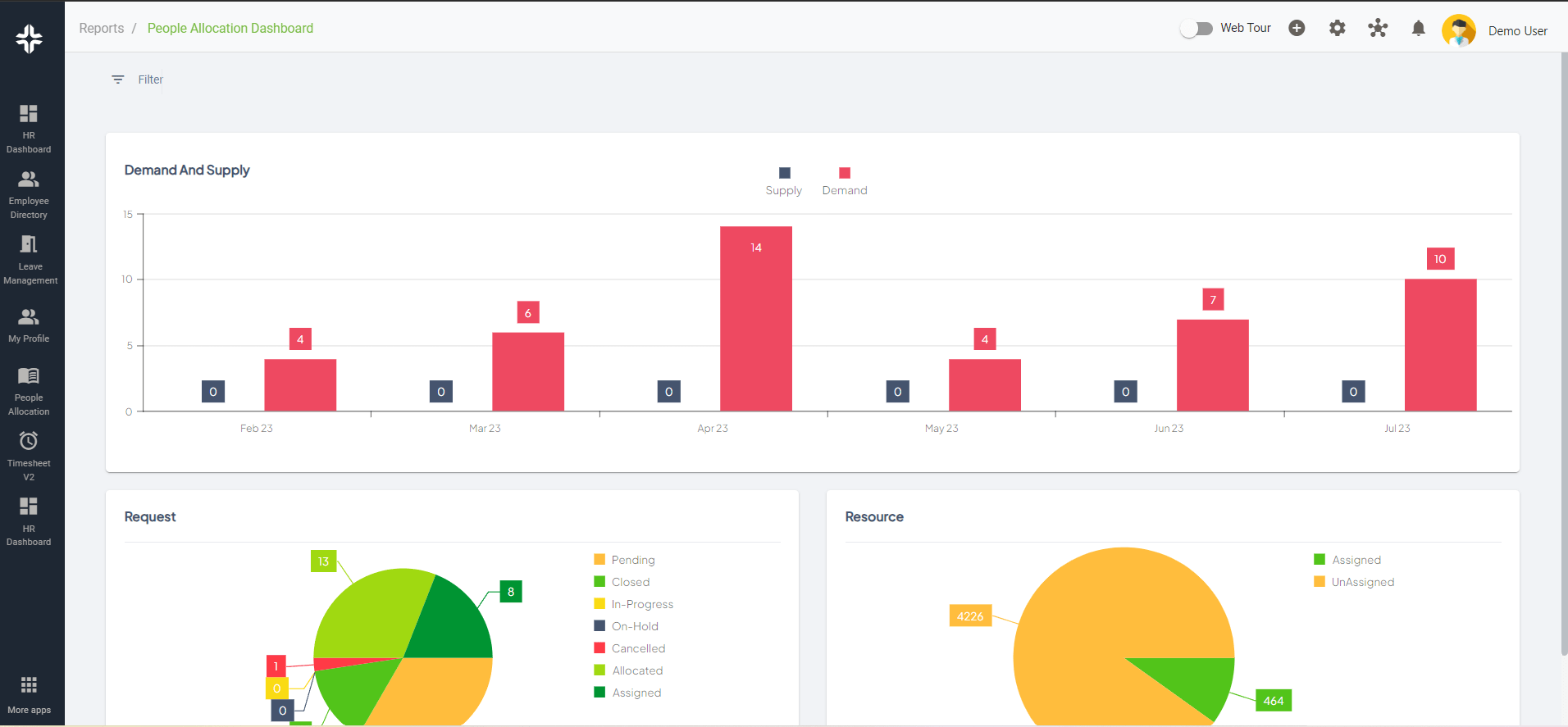Home » PSApedia
Resource availability rate
Enhance Productivity with Resource Availability Rate Insights. Efficient Allocation and Maximized Output.

What is Resource Availability Rate?
Resource Availability Rate (RAR) is a metric used in Professional Service Automation (PSA) to determine the percentage of time a resource (typically an employee) is available for productive work. It’s a crucial metric for businesses that rely on efficient resource allocation, such as consulting firms, IT service providers, and other professional services.
By understanding RAR, organizations can better manage their workforce, ensuring that projects are adequately staffed and that employees are not overburdened.
Importance of Resource Availability Rate
In the world of Professional Service Automation, understanding your resources is paramount. Here’s why RAR is so vital:
1. Efficient Resource Allocation: Knowing the availability of resources helps in assigning the right number of employees to a project, ensuring timely completion without overworking the staff.
2. Cost Management: Over-allocating resources can lead to increased costs. By understanding RAR, organizations can avoid unnecessary expenses.
3. Employee Well-being: Continuously overburdening employees can lead to burnout. Monitoring RAR ensures a balanced workload, promoting employee satisfaction and retention.
4. Improved Client Relations: By efficiently managing resources, projects are more likely to be completed on time, leading to increased client satisfaction.

Why Resource availability rate is so important?
Calculating Resource Availability Rate
Formula:
RAR = (Available Hours/Total Working Hours) x 100
Where:
Available Hours = Total Working Hours – (Vacation + Sick Leave + Training Hours)
Total Working Hours = Standard working hours in a given period (e.g., a month)
Example:
Let’s say an employee has a total of 160 working hours in a month. Out of these, they take 8 hours of sick leave and attend 16 hours of training.
Available Hours = 160 – (8 + 16) = 136 hours
RAR=(136/160)x100=85
This means the employee is available for productive work 85% of the time.
Resource Availability Rate vs Other Metrics
While RAR is essential, there are other metrics in PSA that organizations monitor. For instance, consider the difference between RAR and Resource Utilization Rate:
1. Resource Availability Rate (RAR): As discussed, it measures the percentage of time a resource is available for productive work.
2. Resource Utilization Rate: This metric indicates how much of the available time is actually utilized for billable work. If an employee has an 85% RAR but only spends 70% of that time on billable projects, their utilization rate is 70%.
Understanding both metrics is crucial. While RAR helps in resource allocation, the utilization rate gives insights into profitability and efficiency. For a deep dive into resource allocation and forecasting, you can refer to this whitepaper.
| Metric | Description | Key Insights |
|---|---|---|
| Resource Availability Rate | The percentage of time resources are available for project work. | High availability is ideal for efficient project execution. Low availability may lead to delays. |
| Billable Utilization Rate | The percentage of a resource’s time spent on billable work. | Higher billable utilization indicates better revenue generation. |
| Non-Billable Utilization Rate | The percentage of a resource’s time spent on non-billable activities. | Monitoring non-billable utilization helps identify areas for improvement. |
| Project Profitability | The ratio of revenue generated to the cost of delivering a project. | High profitability is crucial for sustainable business growth. |
Applications of Resource Availability Rate
RAR finds its application in various aspects of PSA:
1. Project Planning: Before initiating a project, managers can review the RAR to determine if they have enough resources to meet project demands. Tools like Gantt charts can further aid in visualizing resource allocation.
2. Workforce Management: RAR can guide HR decisions, such as hiring more staff or offering training to existing employees. For instance, if the RAR is consistently low, it might indicate a need for more hands on deck.
3. Client Communication: By understanding resource availability, businesses can set realistic expectations with clients regarding project timelines and deliverables.
Ready to Optimize Your Resource Availability Rate?
Ready to optimize your Resource Availability Rate? KEBS offers a comprehensive suite of tools tailored for PSA. From resource management to financial management, KEBS ensures that businesses have a holistic view of their operations.
With tools like Employee 360, get a complete view of each resource, ensuring optimal allocation. From ticket management to deal management, KEBS offers solutions to streamline various business processes. With KEBS, you can optimize project financials, as discussed in this whitepaper.

KEBS People Allocation
To explore how KEBS can revolutionize your PSA practices, contact us or request a demo today!



